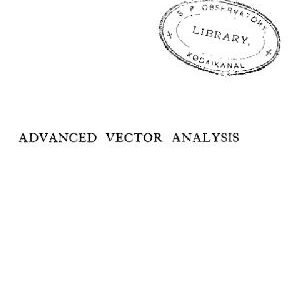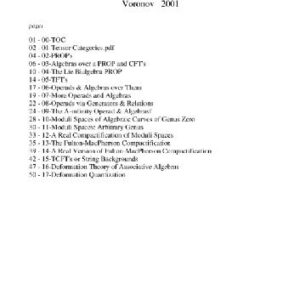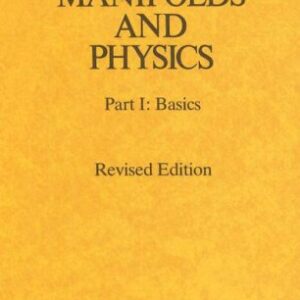During more than 10 years, the LEP accelerator and the LEP experiments have taken data for a large amount of measurements at the frontier of particle physics. The main outcome is a thorough and successful test of the Standard Model of electroweak interactions.
The first part of this volume gives a short theoretical introduction and describes the most important physics results obtained at LEP. Emphasis is put on the properties of the electroweak gauge bosons, which was the main research field at LEP. Details on interesting other physics effects like Colour Reconnection and Bose-Einstein Correlations are discussed as well. A summary of the current electroweak measurements as the pillars of precision tests of theoretical models is given. The analysis of electroweak data concludes the status of electroweak physics as known today. It allows a determination of unmeasured physics parameters of the Standard Model, like the mass of the Higgs boson, but constrains also physics beyond the Standard Model.
The second part of this volume introduces the expected electroweak measurements as well as Higgs boson searches at the newly built LHC. After a description of the LHC collider and its experiments, the projected performance for an improved determination of electroweak observables is presented. The masses of the W boson and of the top quark as well as the weak mixing angle are being focused on. One of the main goals of the LHC experiments is however the finding of the Standard Model Higgs boson or of new physics. The search for the Higgs boson and the future determination of its properties, like mass, spin and behaviour under CP transformation, are therefore summarized, pointing out interesting relations with the LEP results.
If the LHC experiments meet the expectations presented here they will definitely shed light on one of the primary questions of today?s particle physics research: the origin of electroweak symmetry breaking and of the masses of the fundamental particles.

![[pdf] Electroweak Physics at LEP and LHC Arno Straessner (auth.)](https://pdfelite.com/wp-content/uploads/2024/04/1450b7934729bc40d27c8b2e86dd89f3-d.jpg)




Reviews
There are no reviews yet.